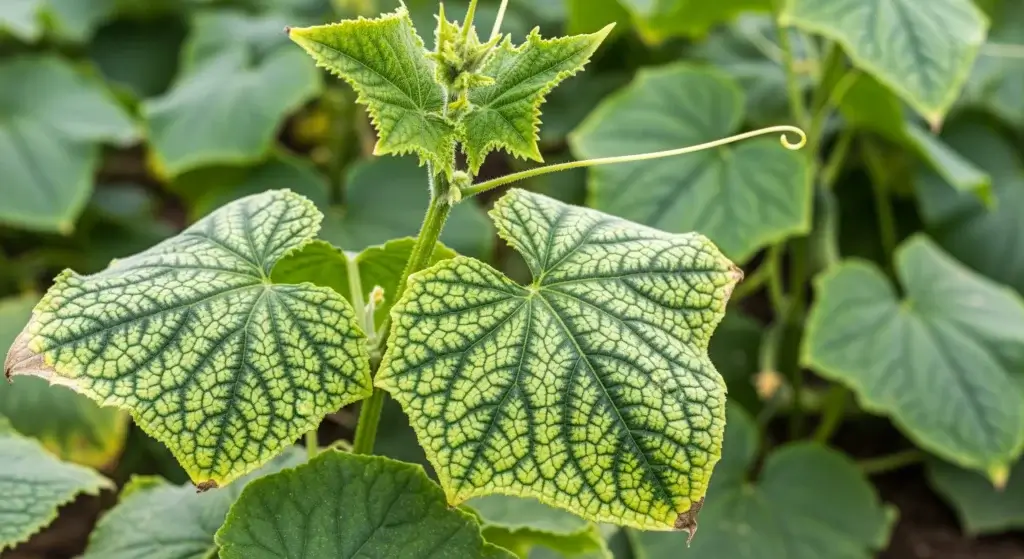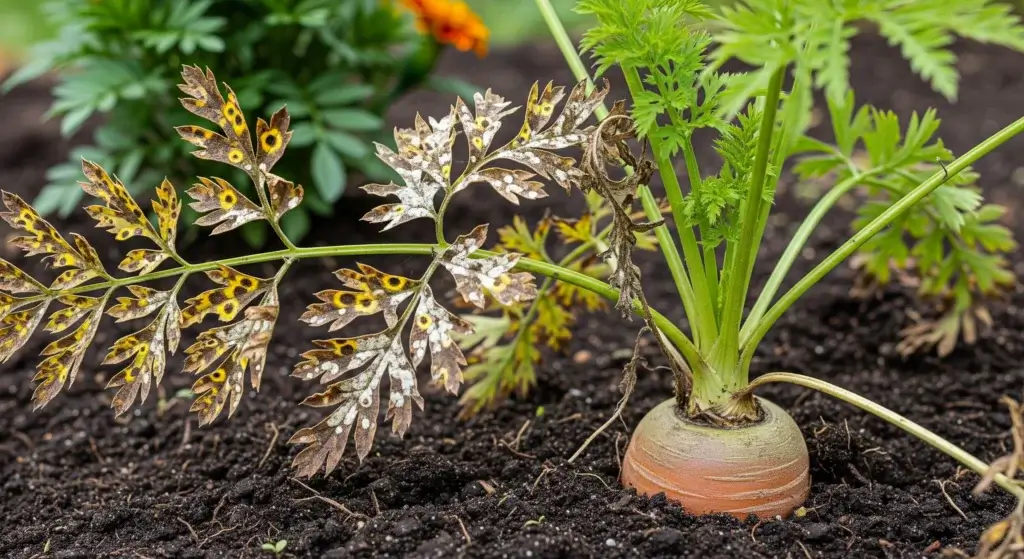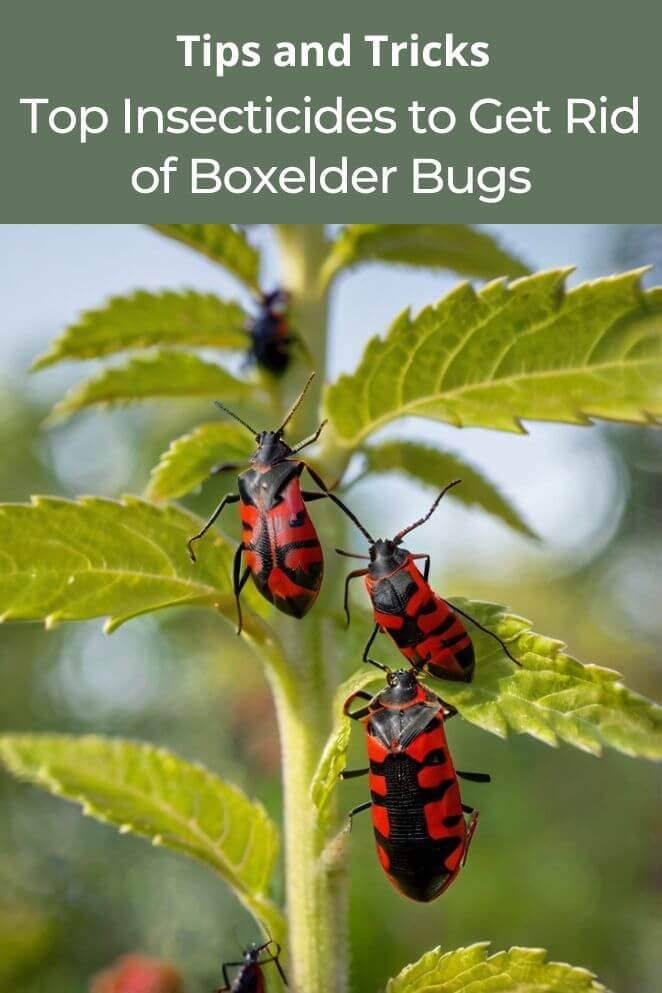
Boxelder bugs are one of those pests that might not cause direct harm but can still make life a bit uncomfortable when they invade your space.
Recognizable by their black bodies with reddish-orange markings, these bugs are typically found around boxelder trees, but they can also infest homes and buildings.
While they don’t bite or cause structural damage, their presence can be irritating, especially if they gather in large numbers.
Understanding the best strategies to prevent and eliminate boxelder bugs is key to maintaining a bug-free home environment.
Understanding Boxelder Bugs
Boxelder bugs (Boisea trivittata) are insects that primarily feed on the seeds of boxelder trees, as well as other maple species.
They are most active during the warmer months and typically seek shelter indoors when temperatures start to drop in the fall.
Once inside, they can be challenging to remove, as they tend to hide in cracks, crevices, and other small spaces.
Although boxelder bugs do not pose a significant health risk, they can become a major annoyance.
They have the ability to stain surfaces with their excrement and, in large numbers, can produce a foul odor.
Moreover, while they don’t bite, their sheer numbers can be overwhelming, especially when they swarm to windows, walls, or other parts of the home.
Prevention Strategies
Preventing a boxelder bug infestation is about making your home less appealing to these pests.
Here’s how you can keep them out effectively:
Seal entry points
Boxelder bugs often find their way inside through small cracks and gaps around windows, doors, and the foundation of your home.
To prevent this, use caulk or weather stripping to seal these openings.
By closing off these potential entryways, you reduce the chances of bugs making their way inside.
Remove attractants
Boxelder bugs are particularly drawn to boxelder and maple trees.
They feed on the seeds and debris from these trees.
To minimize the risk of attracting these bugs, regularly clean up fallen seeds and debris from around these trees, especially if they are close to your home.
- Read also: A Comprehensive Guide: Natural Pesticides for Vegetable Garden
- Read also: Eco-Friendly Pest Control – How To Make a Natural Pesticide
Install screens
Make sure that all your windows, vents, and doors have proper screens.
Well-fitted screens act as a barrier, preventing boxelder bugs from getting inside while still allowing fresh air to circulate.
Limit exterior lighting
Boxelder bugs are attracted to light, so reducing the amount of exterior lighting around your home, particularly in the fall when they are most active, can help deter them.
Consider using motion-sensor lights or minimizing outdoor lighting to make your home less inviting to these pests.
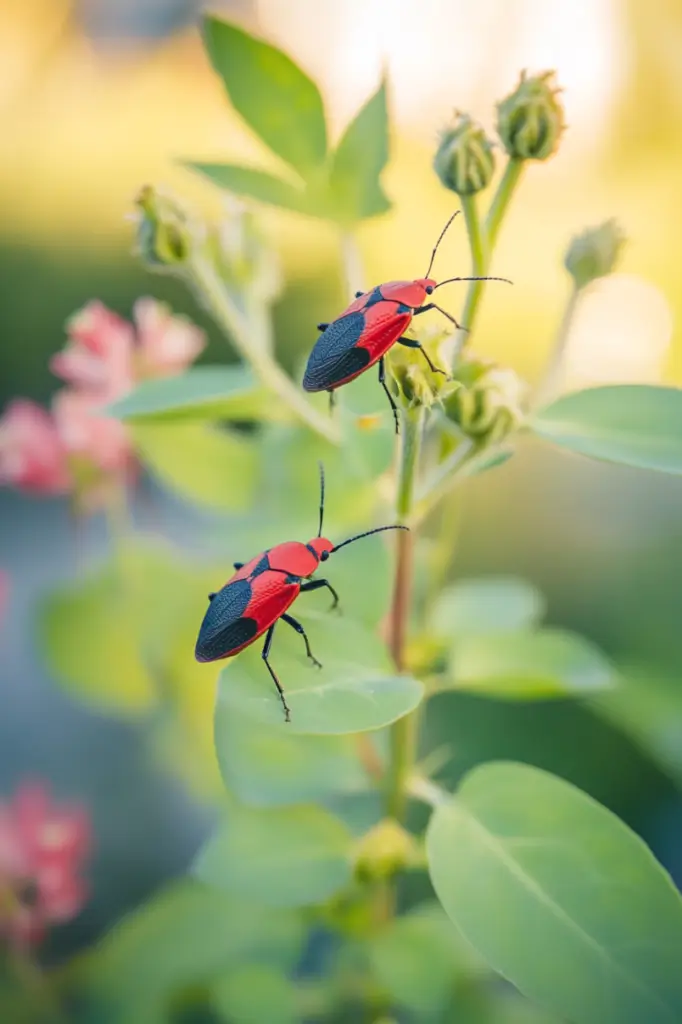
Effective Insecticide Solutions
If you find that boxelder bugs have made their way into your home despite your best prevention efforts, using insecticides can be an effective way to get rid of them.
Here’s a look at different insecticide options and how to use them properly:
Pyrethrin-based sprays
Pyrethrin is a natural insecticide extracted from chrysanthemum flowers.
It works by attacking the nervous system of boxelder bugs, causing paralysis and death.
This type of spray is great for quickly killing bugs on contact.
How to use
Spray the pyrethrin directly on the boxelder bugs or on areas where you frequently see them.
It’s also useful for treating cracks and crevices where they might be hiding.
This method provides immediate results but might need to be reapplied to address all bugs.
Neem oil-based solutions
Neem oil is another natural option that disrupts the hormonal system of insects, preventing them from feeding, reproducing, or maturing.
While it doesn’t kill boxelder bugs right away, it can effectively reduce their population over time.
How to use
Mix neem oil with water according to the instructions on the product label and spray it on areas where boxelder bugs are present.
For best results, apply it directly to the bugs or their favorite hiding spots.
Neem oil works gradually, so patience is needed for noticeable results.
Diatomaceous earth
This is a non-toxic powder made from fossilized algae.
It works by causing physical damage to the exoskeleton of insects,
leading to dehydration and death. It’s a safe choice for indoor use.
How to use
Sprinkle food-grade diatomaceous earth around entry points, baseboards, and other places where you’ve seen boxelder bugs.
The powder is effective because it sticks to the bugs and damages their exoskeletons, but it’s important to use food-grade diatomaceous earth to ensure safety for pets and people.
Permethrin sprays
Permethrin is a synthetic insecticide similar to pyrethrin but with a longer-lasting effect.
It continues to kill insects for a period after application, making it effective for ongoing control.
How to use
Apply permethrin sprays around the exterior of your home, targeting areas where boxelder bugs are likely to enter, such as windowsills, door frames, and foundations.
Be cautious with indoor use; avoid spraying on surfaces that people or pets might come into contact with.
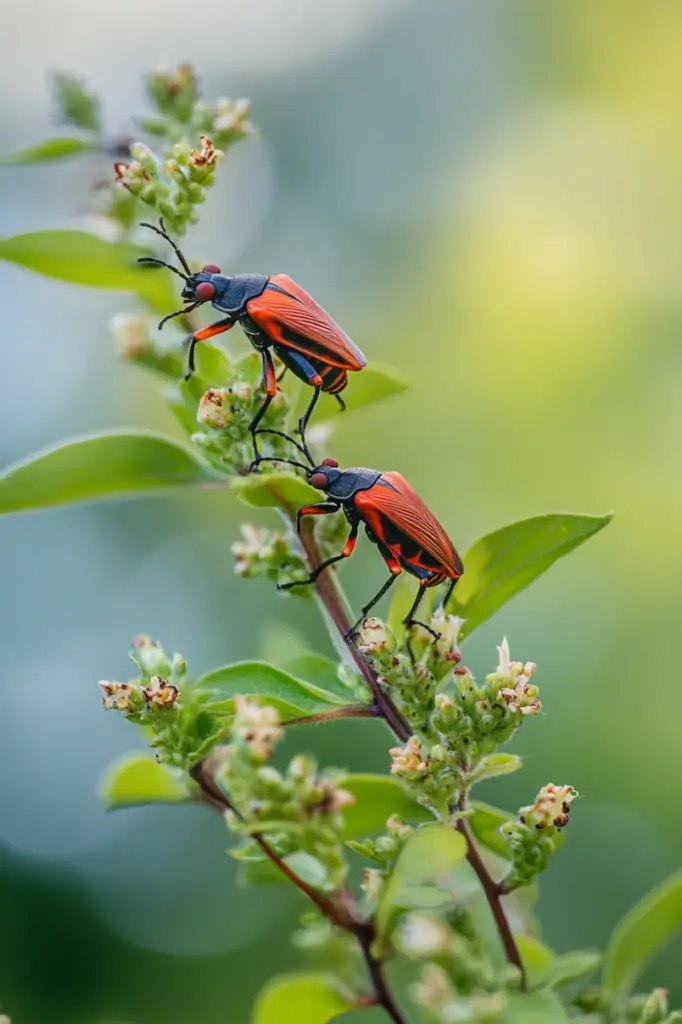
Application Tips
To make sure your insecticide treatments are effective against boxelder bugs, it’s important to apply them correctly.
Here are some key tips to help you achieve the best results:
Follow the instructions
Always read the label on the insecticide you’re using.
The instructions provide important information about how to use the product safely and effectively.
This includes the correct amount to use, where to apply it, and any safety precautions you need to take.
Following these instructions ensures that the product works as intended and reduces the risk of harming yourself or your environment.
Apply during the right time
For the best results, apply insecticides during times when boxelder bugs are less active, such as early in the morning or late in the evening.
This is when the bugs are more likely to be resting or less likely to be moving around, which increases the chance of the insecticide coming into contact with them.
Target the right areas
Focus your application on areas where boxelder bugs are likely to enter your home or where they might be hiding.
This includes places like cracks and crevices around windows, door frames, and any other gaps where the bugs might get inside.
Treating these key areas ensures that you address both entry points and potential hiding spots.
Reapply as needed
Some insecticides are designed to work over time and may need to be reapplied to remain effective.
Check the product label for guidance on how often you should reapply the insecticide.
Regular reapplication ensures that you maintain control over the infestation and prevent new bugs from moving in.
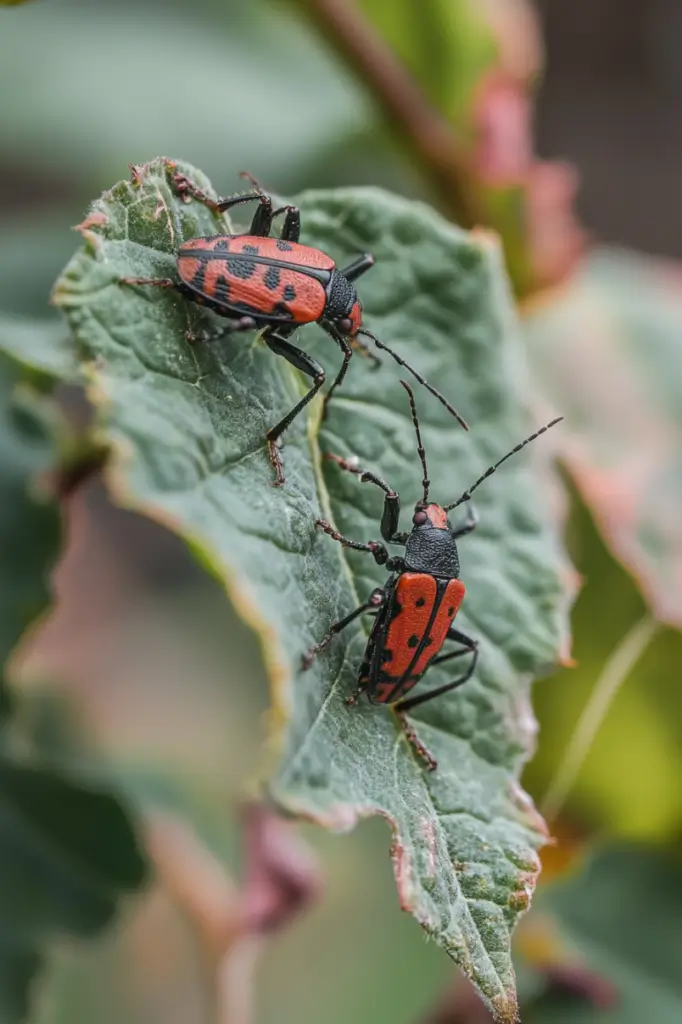
- Read also: Protect Your Harvest! Identifying Specific Vegetable Pests
- Read also: Keeping it Clean: Weed Control Methods for Vegetable Gardens
Conclusion
Boxelder bugs may not be dangerous, but their presence can certainly be a headache.
By understanding their behavior, implementing prevention strategies, and using effective insecticides, you can keep these pests out of your home.
Whether you opt for natural solutions like neem oil and diatomaceous earth or stronger options like pyrethrin and permethrin, the key is to act promptly and apply the insecticides correctly.
With the right approach, you can enjoy a boxelder bug-free home all year round.
FAQs
No, boxelder bugs are not harmful to humans. They do not bite, sting, or transmit diseases. However, they can be a nuisance due to their large numbers and tendency to stain surfaces.
Boxelder bugs do not cause structural damage to homes. However, their excrement can stain walls, curtains, and other surfaces.
The best time to treat for boxelder bugs is in the early fall before they start seeking shelter indoors. Preventative measures during this time can help reduce infestations.

